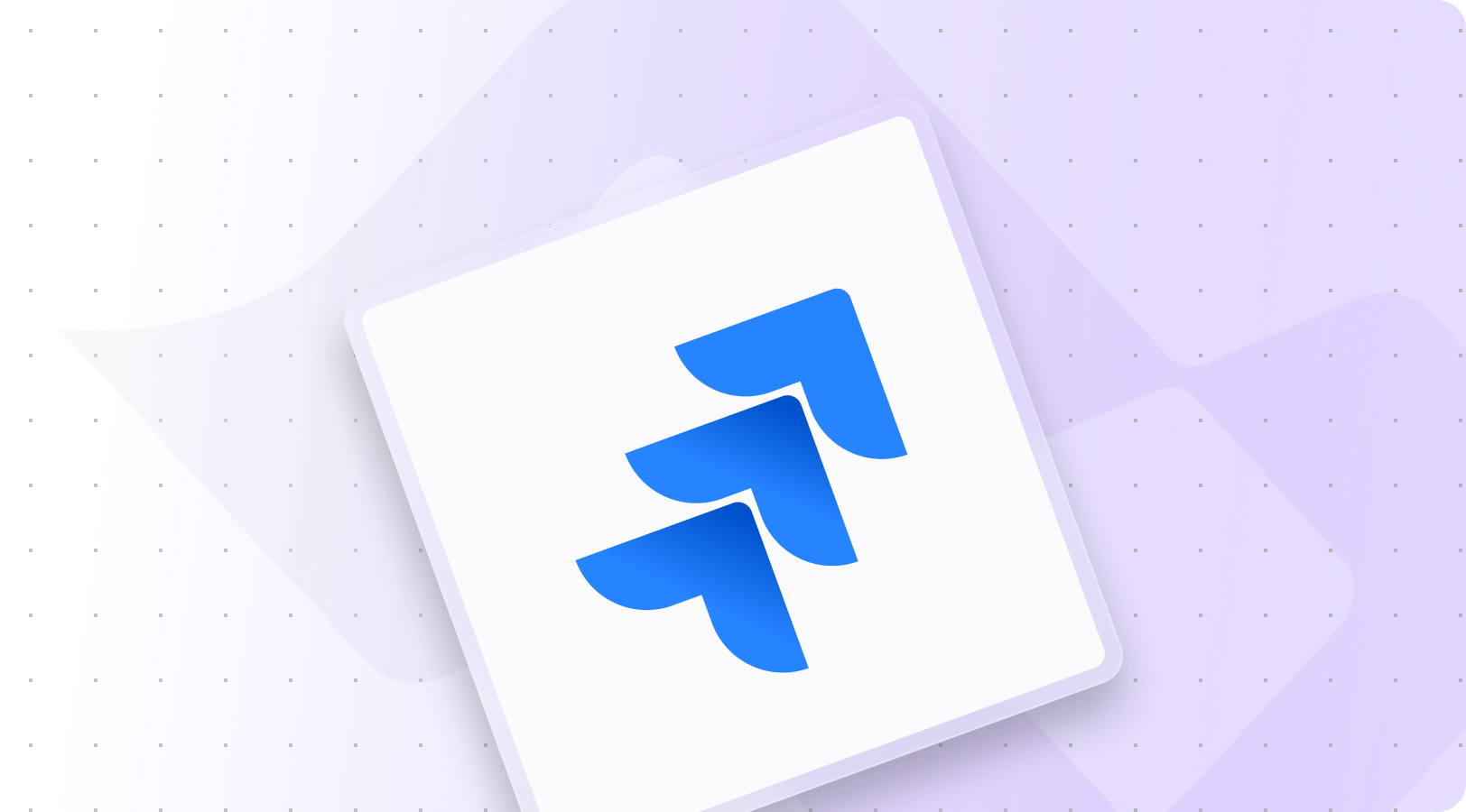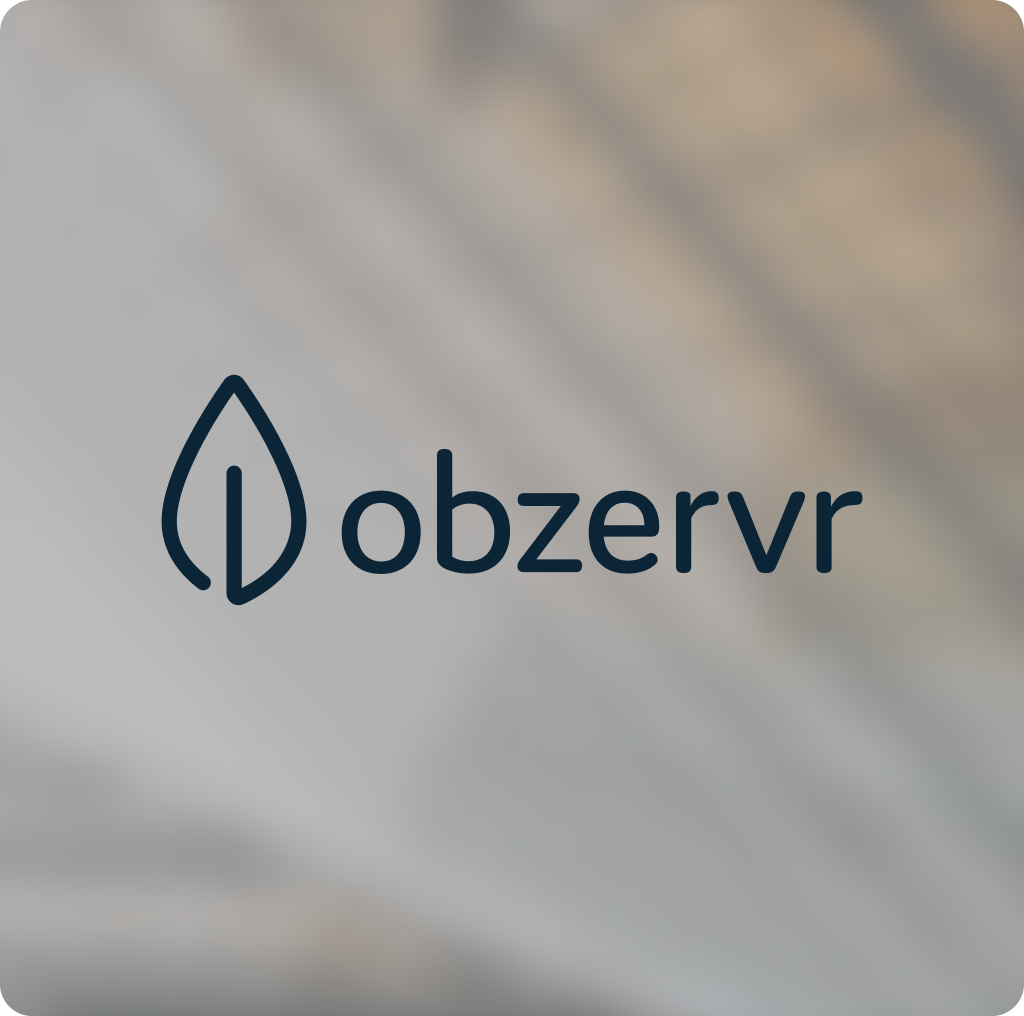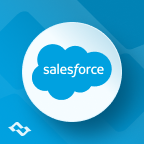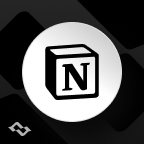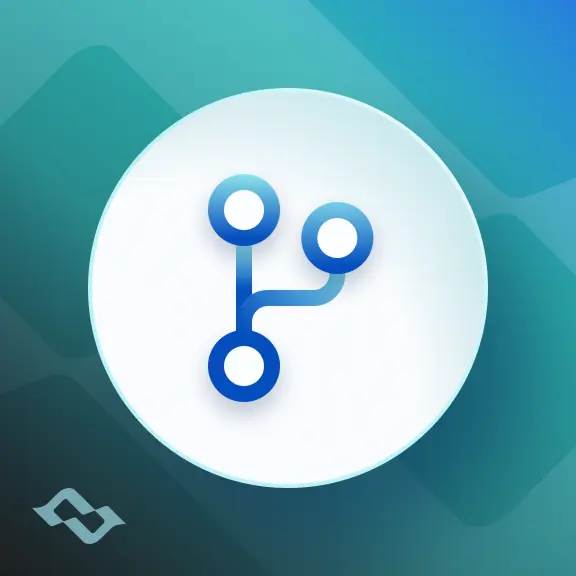In today’s dynamic business world, organizations cannot afford slowdowns, miscommunication or process bottlenecks. Agile has emerged as a leading approach to project management because it promotes teamwork, adaptability and continuous improvement. However, adopting Agile successfully requires the right tools and that is where Jira comes in.
Created by Atlassian, Jira is more than a simple project tracking tool. It is a robust Agile project management platform that helps teams plan, monitor and deliver work efficiently. Whether your team works in Scrum, Kanban or a hybrid Scrum ban model, Jira offers flexible boards and templates to keep work organized and speed up delivery.
In this blog, we will explore Jira Agile project management with a focus on boards and templates, showing how they function, key features of the boards and how teams can use templates to achieve better collaboration, transparency, and results.
What We Will Cover
- Agile methodologies in Jira
- How Jira Enhances Agile Practices
- How Jira Brings Agile Values to Life
- Understanding Jira Boards
- Types of Jira Boards
- Top Scrum Board Features
- Key Kanban Board Features
- Jira Templates
- Types of Templates
- Use Cases
- Best Practices
- Conclusion
Agile methodologies in Jira
Agile is all about being flexible, understanding customer needs quickly through continuous feedback and delivering value in increments. It focuses on people and teamwork, but still supports having simple and helpful processes. In Agile, teams work together and communicate clearly about what needs to be done and move toward a shared goal of building great products.
Jira was initially created with the Waterfall model in mind, but it was later redesigned with an Agile mindset, offering tools that easily adapt to different Agile frameworks. It can be adapted to manage projects and processes across various industries and functional groups like IT, HR, Marketing, Operations, Finance and more.
How Jira Enhances Agile Practices
Jira empowers teams to apply Agile principles in real-world workflows through Scrum, Kanban or hybrid frameworks.
Scrum in Jira
Jira enables Scrum teams to plan sprints, manage backlogs, visualize work on a Scrum board and measure progress using burndown charts.
Do: Follow timeboxed sprints, defined roles and hold regular ceremonies (like daily stand-ups, retrospectives).
Don’t: Skip sprint reviews or change sprint goals mid-iteration.
Best for: Software development, product design and R&D teams needing structured iterations and fast feedback loops.
Kanban in Jira
For teams that prefer continuous delivery, Jira provides Kanban boards where work flows through customizable stages.
Do: Visualize workflow, limit WIP (Work in Progress) and focus on continuous delivery.
Don’t: Overload the board or ignore bottlenecks.
Best for: IT operations, support, maintenance and service teams requiring flexibility and flow efficiency
Hybrid approaches
Many teams blend Scrum and Kanban (Scrum ban). Jira is flexible enough to support hybrid methodologies.
Do: Combine Scrum’s structure with Kanban’s flow for adaptive process improvement.
Don’t: Mix practices without clarity and avoid chaos from inconsistent rules.
Best for: Teams transitioning from Scrum to Kanban or hybrid environments needing both flexibility and cadence.
How Jira Brings Agile Values to Life
Jira does not just support Agile in theory. It gives teams the tools to actually practice the 4 values and the 12 principles in their daily work.
- Promotes collaboration through visual boards, comments, and shared dashboards.
- Keeps attention on results and transparency, not heavy documentation.
- Allows teams quickly reprioritize as customer needs evolve.
- Adapts easily with flexible workflows that support change.
- Encourages steady delivery through sprints or continuous flow.
- Simplifies backlog management for clarity and prioritization.
- Speeds up delivery with small, frequent updates.
- Creates visibility and accountability across all roles.
- Builds ownership and self-direction within teams.
- Streamlines communication with in platform comments and mentions.
- Provides insight through data rich reports and dashboards.
- Balances workloads with sprint planning and WIP limits.
- Maintains quality through custom workflows and review steps.
- Aligns boards with real team processes for flexibility.
- Strengthens trust by supporting autonomy over control.
- Inspires improvement through regular reports and retrospectives.
Understanding Agile Boards
Boards play a crucial role to implement Agile in Jira. They provide a visual way to track tasks, spot blockers and collaborate in real time.
Types of Jira Boards
- Scrum Boards – Focus on sprint-based delivery with backlogs and burndown charts.
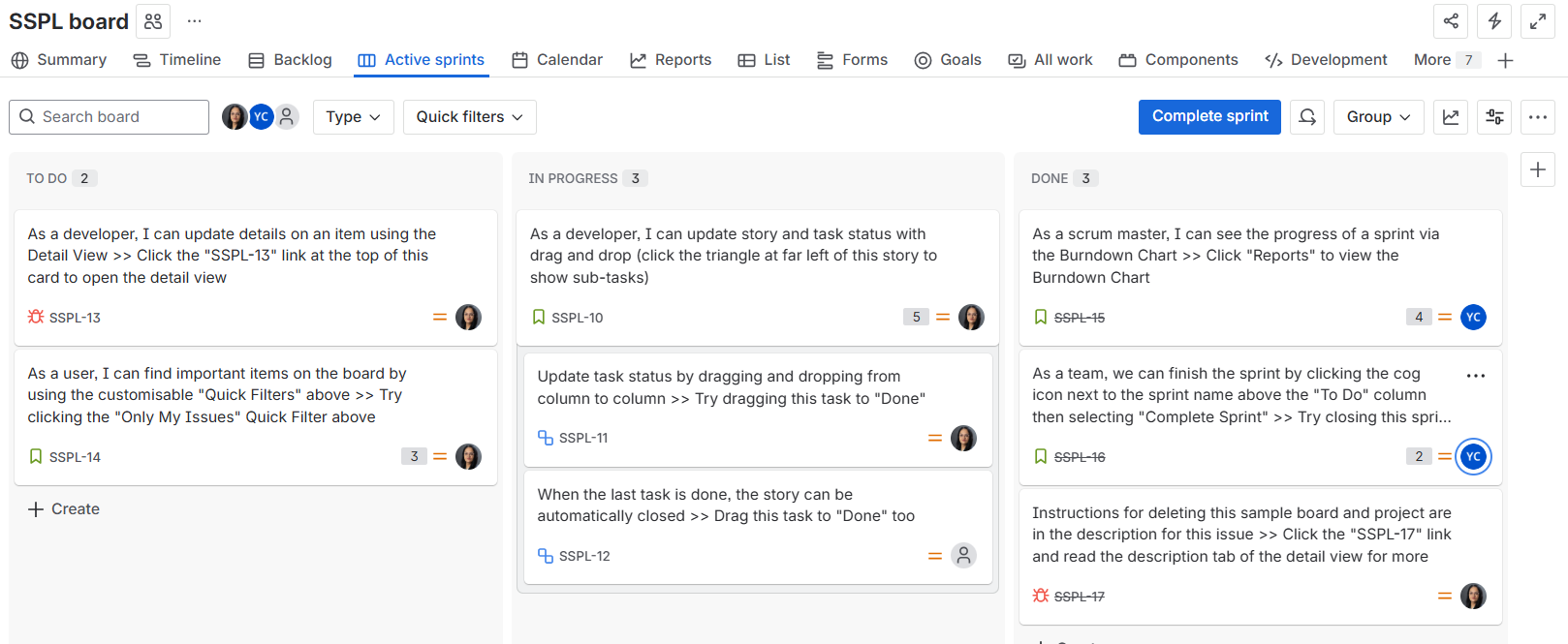
- Kanban Boards – Visualize continuous work with customizable workflows.
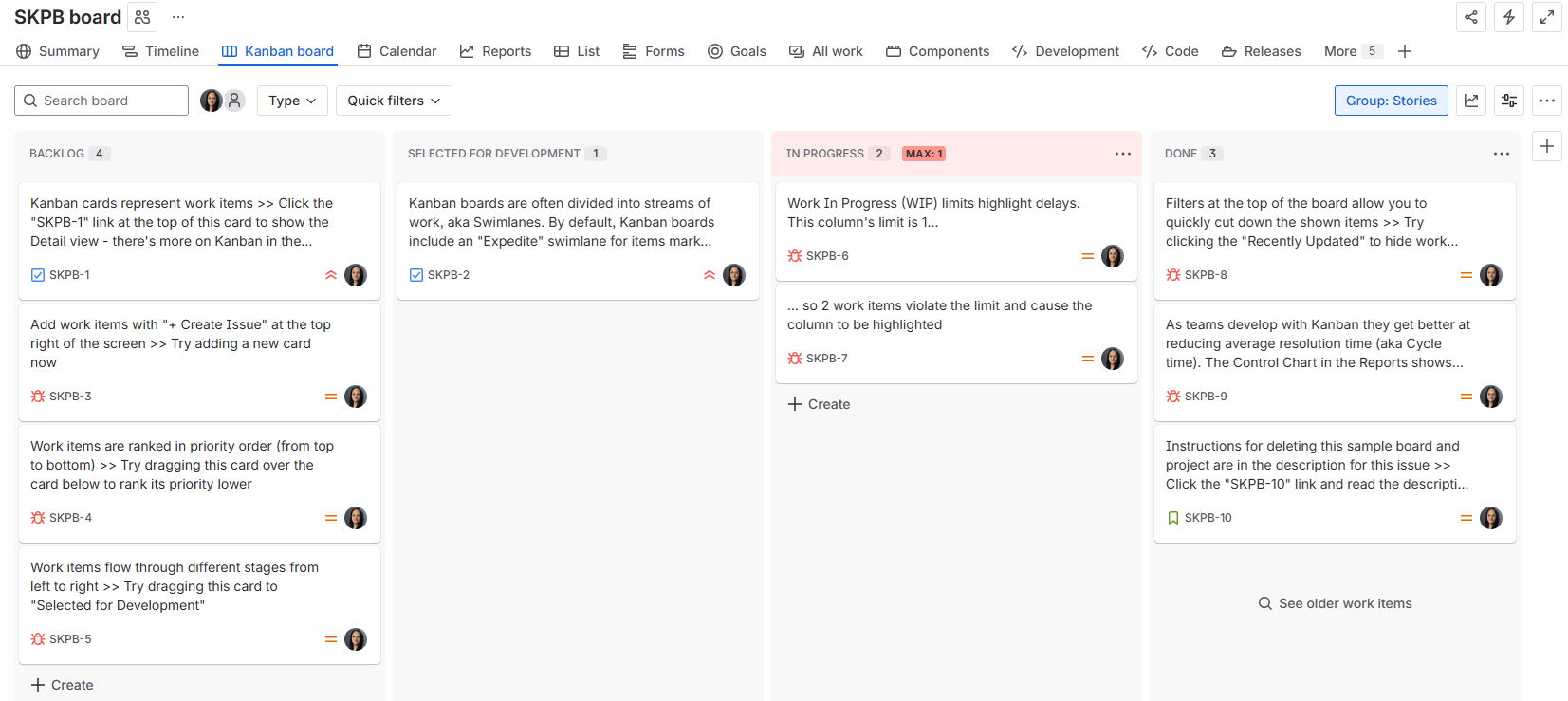
Top Scrum Board Features
- Sprint Backlog: It Lists all tasks planned for the sprint.
- Time-Boxed Work (Sprints): Fixed duration sprints (1–4 weeks).
- Task Movement Across Columns: Visual progress across columns (To Do → In Progress → Done).
- Burndown Chart: Tracks remaining work and progress.
- Team Collaboration: Supports effective teamwork by enabling updates during daily stand-ups and quickly identifying blockers.
- Custom Workflows & Issue Types: Adaptable to any process.
- Priority Tracking: Identify critical vs. low-priority tasks.
- Reporting & Analytics: Includes velocity charts, Burndown charts and additional reports.
- Integration: Connects with Confluence, GitHub, Slack, etc.
Key Kanban Board Features
- Visual Workflow: Cards move across stages (To Do → In Progress → Review → Done).
- WIP Limits: Prevent overload and highlight bottlenecks.
- Continuous Flow: Enables constant delivery without fixed sprints.
- Custom Columns & Swim lanes: Organize by query, assignee or issue type.
- Cycle Time Tracking: Measure how long tasks take to complete.
- Cumulative Flow Diagram: Monitor overall efficiency.
- Quick Filters (JQL): Focus on specific issues or team members.
Templates in Jira Every Team Should Know
Jira templates are ready-made project setups that help you get started faster.
Jira Templates make it easy to get started with new projects without all the setup hassle. Instead of creating workflows or boards from scratch, you can pick a template that is already designed for your type of work. For example, software development, IT support or marketing. These templates help teams save time, stay organized and keep every project running in a clear and consistent way.
Types of Templates
- Scrum Template – With the Scrum template, you get all the essentials for agile teamwork in one place. A handy backlog for organizing tasks, sprint boards to plan and track work and built-in reports like burndown and velocity charts (plus a few more) to keep an eye on team performance.
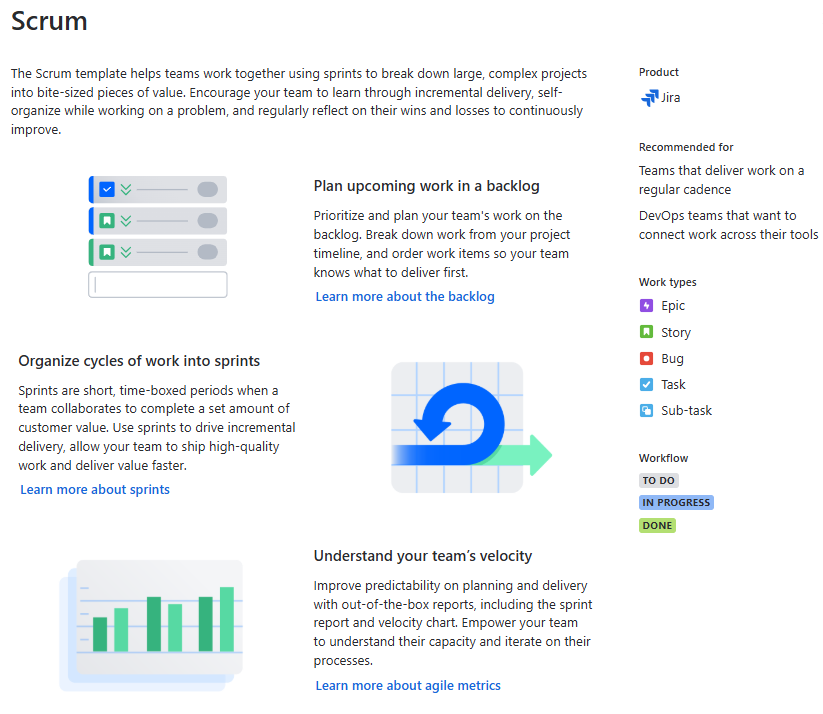
- Kanban Template -With the Kanban Template, you get a visual, customisable board to manage your work and insightful reports to keep your team’s flow clear and efficient.
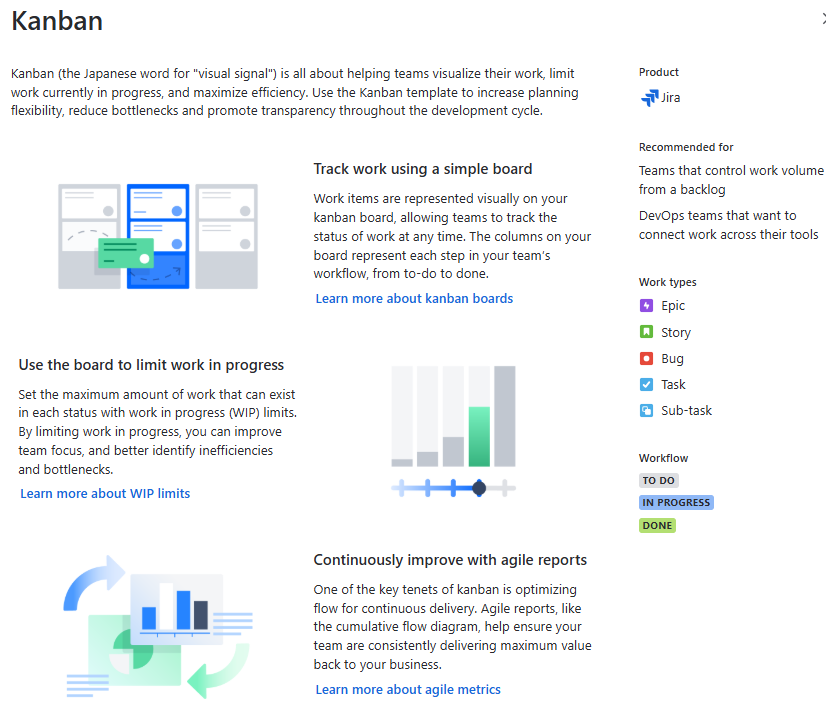
In addition, Jira offers Bug Tracking Template, Top-level Planning and Cross-team Planning templates that help manage multiple projects, align goals, track progress and coordinate work across teams through shared roadmaps and dependency tracking.
Jira is designed for every team. It offers templates for various business projects as well, such as marketing campaign tracking, HR onboarding, finance operations and service management.
Practical Use Cases of Jira Templates
Jira provides powerful planning templates that help teams stay organized, aligned and efficient no matter how big or complex the project. Whether your organization is following Scrum or Kanban frameworks for different teams, setting high-level strategic goals or coordinating work across multiple Agile teams, these templates make it easier to visualize progress and manage dependencies. Below are some real-world examples of how teams use various Templates to plan smarter and deliver better results.
Software Development – Scrum Templates for Sprints and Releases
Imagine a software team building a new mobile app.
- They use a Scrum board to manage their sprint.
- The backlog has features like User Login, Push Notifications, and Dark Mode.
- During sprint planning, they move selected items into the sprint.
- As developers work, tasks move across columns: To Do → In Progress → Code Review → Done.
- At the end of the sprint, the team delivers a working feature (e.g., User Login) and prepares for the next sprint.
This helps them release updates regularly and keep users happy.
Marketing Teams – Kanban Templates for Campaign Planning
Think of a marketing team launching a social media campaign.
- They start with a Kanban template to plan posts, graphics and ads.
- Columns could be Ideas → Drafting → Design → Scheduled → Published.
- An example of a card might be like- Instagram Post: Product Launch Teaser.
- Everyone can see what is being worked on and what is already published.
This keeps campaigns on track, avoids missed deadlines and ensures smooth teamwork.
Event Planning – Scrum Boards for Task Management
An events team uses a Scrum board to prepare for a product launch event.
- Sprint tasks include Book venue, send invites, arrange catering, Finalize presentations and more.
- Each sprint covers a planning phase, ensuring progress is made step by step until the event.
This helps the team hit deadlines and avoid last minute chaos.
Content Management Teams – Kanban Templates for Editorial Workflow
Think of a content team managing blogs, videos and newsletters.
- They use a Kanban template to track each piece of content from idea to publication.
- The workflow columns could be Ideas → Writing → Editing → Design → Published.
- A card might say -Blog: Top 10 Productivity Tools for 2025.
- Writers, editors, and designers can easily see what’s in progress and what needs their attention next.
- Editors use the board to assign tasks, set priorities and ensure deadlines are met.
This helps the team maintain a consistent publishing schedule, improve collaboration, and keep content flowing smoothly.
Agile Best Practices in Jira
- Pick the right template for your team’s workflow.
- Add columns to match your process.
- Use swim lanes to organize work by assignee, priority or status.
- Customize workflows with your own statuses and transitions.
- Use Quick Filters or JQL to focus on specific tasks.
- Automate repetitive tasks to save time.
- Create dashboards for tracking progress and performance.
- Set clear roles and permissions for your team.
- Use labels and components to group similar tasks.
- Apply WIP limits to avoid overload.
- Save reusable filters for reports, dashboards and meetings.
- Review and update your setup regularly.
Conclusion
We covered Agile boards in Jira, their key features, various templates for Agile in Jira, best practices to configure boards and practical use cases that show how different teams can benefit from them.
Jira is one of the most popular tools for Agile project management because it gives teams just the right balance of structure and flexibility to manage work. With interactive boards, everyone can see what is happening in real time and templates make it easy to get work started faster and keep everything consistent.
When teams learn to use Jira boards and templates effectively, they stay organized, collaborate better, and deliver results more regularly. Combined with solid Agile processes, Jira helps teams work more transparently, stay accountable, prioritize actions, and keep improving with every sprint.
Yogita Chhaya is An Engineer with over two decades of experience spanning Telecom, Education, and Training. A Certified Jira Cloud Administrator, Atlassian certification SME, author, and dedicated trainer, she specializes in delivering comprehensive Jira training—from foundational concepts to advanced administration. Her mission is to empower professionals to streamline workflows, enhance productivity, and unlock the full potential of Jira.

